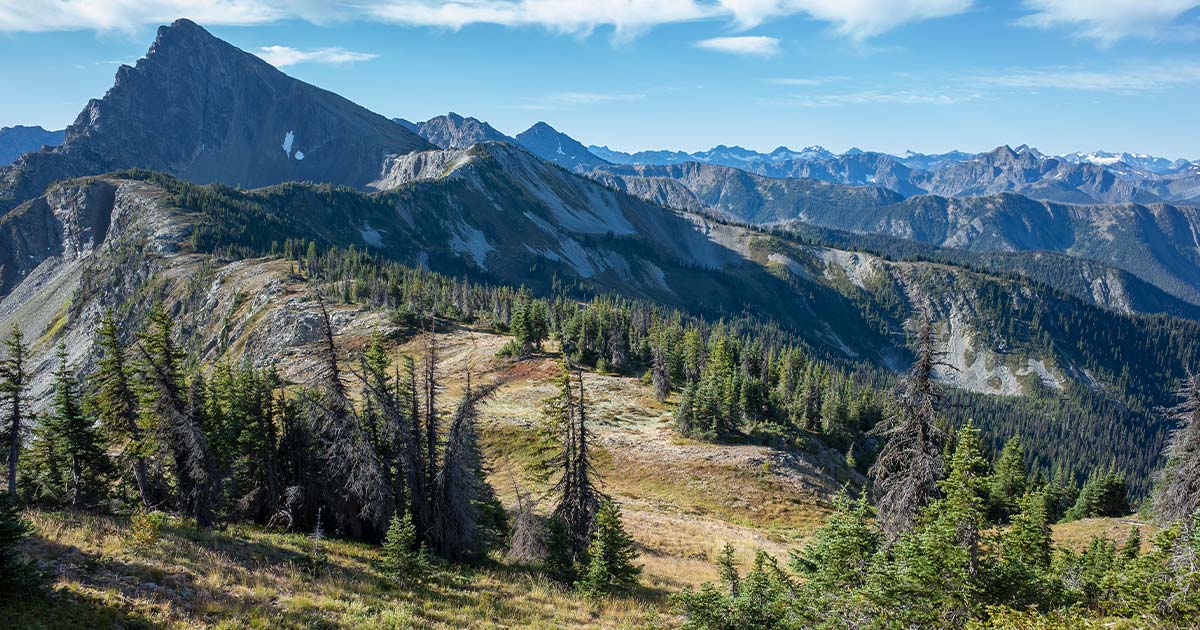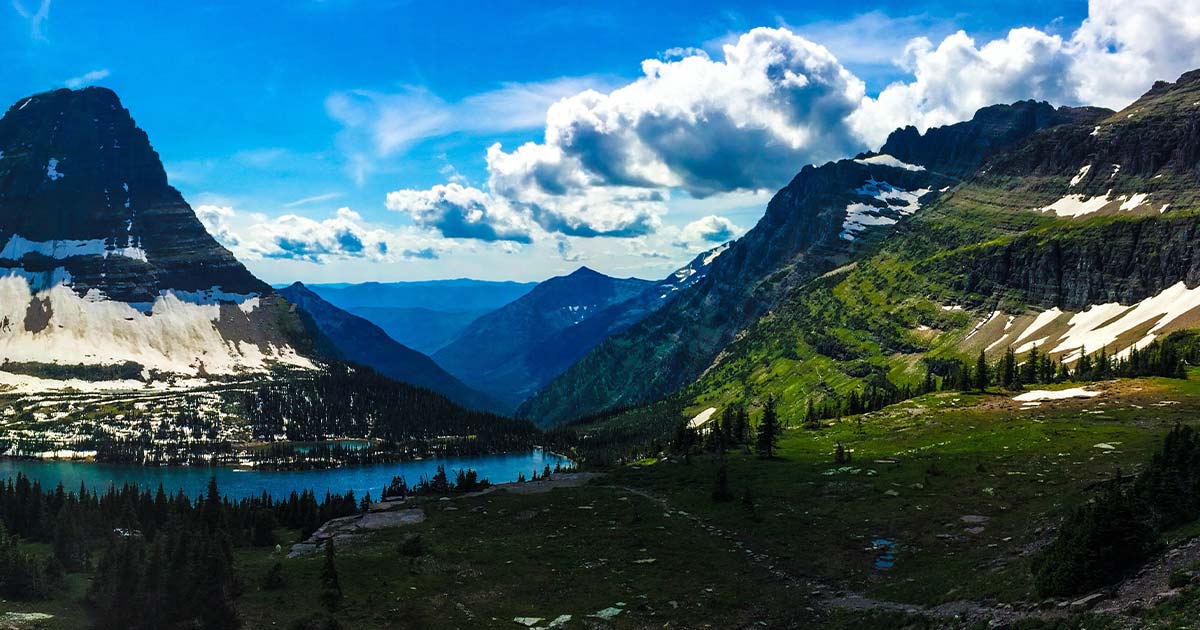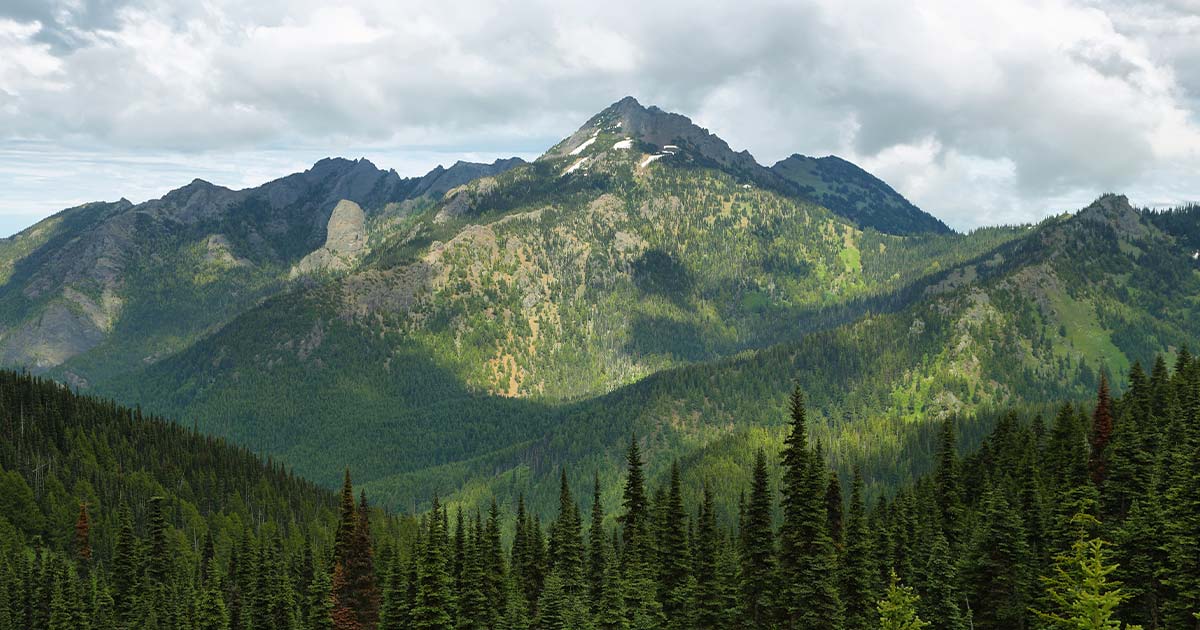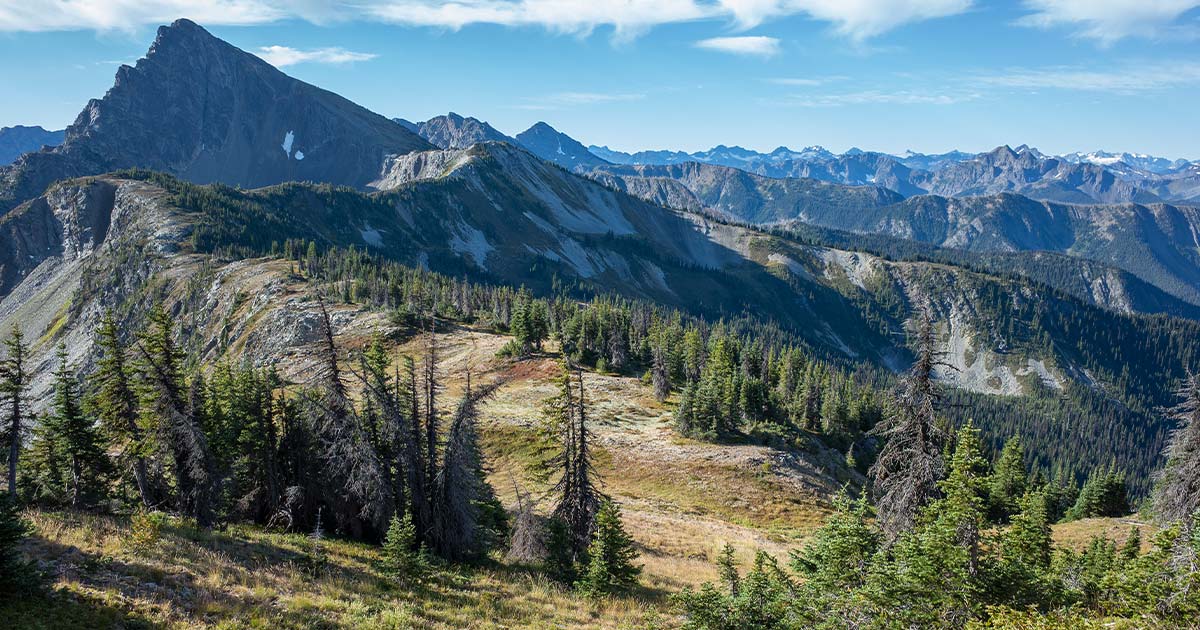
The Pacific Northwest Path (PNT) is a 1,200-mile, iconic climbing path that stretches from the Continental Divide in Montana to the Pacific Ocean in Washington. The path crosses by 5 distinctive ecosystems and 7 mountain ranges, providing thru-hikers unsurpassed scenic views and extremely numerous landscapes.
For individuals who love a problem of a long-distance, backcountry hike, the PNT is a dream come true. Nevertheless, the path’s problem stage is rated as “very tough” as a result of its unpredictable climate, rugged terrain, and distant wilderness areas – so if you happen to’re going to undertake this journey, you could be on the prime of your sport.
Historical past of The Pacific Northwest Path
This PNT is among the most difficult and scenic backpacking trails in the US, providing hikers a singular journey by the rugged mountainous terrain of the Pacific Northwest.
The historical past of the PNT is fascinating, relationship again to the early 1900s when explorers started exploring the huge wilderness areas of the Pacific Northwest. In 1926, pioneering mountain climber and naturalist Olaus Murie recommended making a long-distance path that will join the wilderness areas of the Pacific Northwest.
Nevertheless, it was not till the Seventies that the thought gained traction, due to the efforts of Ron Strickland, a backpacker, and author primarily based in Washington. Strickland was fascinated with the thought of a path that will lead hikers by a few of the most lovely and scenic landscapes of the Pacific Northwest, together with Glacier Nationwide Park, the North Cascades, and Olympic Nationwide Park.
In 1976, Strickland based the Pacific Northwest Path Affiliation (PNTA) and devoted himself to constructing the path. By 1983, the primary official maps for the PNT have been printed, and the path was established as a Nationwide Scenic Path in 2009.
Constructing the PNT was no small feat. The path crosses by dense forests, steep mountains, and rugged coastlines. Volunteers and employees needed to work by tough and harmful terrain to create the path, utilizing axes, saws, and shovels to clear paths and construct bridges over rivers and creeks.
Regardless of the challenges, the PNT has change into one among America’s hottest backpacking trails. 1000’s of hikers go to the path yearly, drawn to its beautiful surroundings, difficult terrain, and the chance to discover a few of the most distant and exquisite areas of the Pacific Northwest.
Lately, the PNTA has labored onerous to enhance the path, constructing new campsites, bettering path indicators, and creating new maps and guides. The group additionally works carefully with native landowners and authorities businesses to make sure the path stays open and secure for hikers.
Right this moment, the Pacific Northwest Path stands as a testomony to the imaginative and prescient and onerous work of Ron Strickland and the numerous volunteers and supporters who helped construct the path. It continues to encourage journey seekers and nature fanatics who’re drawn to the breathtaking magnificence and rugged terrain of the Pacific Northwest.
The Route by the PNT

The path begins in Glacier Nationwide Park in Montana, the place hikers will get a firsthand view of the beautiful views of glaciers, alpine meadows, and pristine lakes. The park is residence to numerous wildlife, together with grizzly bears, mountain goats, and wolves. The PNT then takes hikers by the rugged Selkirk Mountains of Idaho, the place the path supplies astounding views of the Selkirk Crest, the Kootenai River, and the Kootenai Nationwide Wildlife Refuge.
Climbing the Pasayten Wilderness in Washington is one other bucket-list expertise for backpackers. The wilderness space is residence to beautiful vistas, together with the Larch Lakes and Cathedral Lakes. The Pasayten can also be a haven for wildlife, together with the elusive lynx and the swift grey wolf.
The path additionally traverses the North Cascades Nationwide Park, the place hikers can view excessive alpine peaks, mountain glaciers, and sub-alpine forests. The park is residence to the Ross Lake Nationwide Recreation Space, which presents beautiful views of the Skagit River and the peaks above.
The Pacific Northwest Path is greater than only a difficult hike. It presents hikers an opportunity to reconnect with nature, push themselves bodily, and uncover new elements of the nation that few have ever had the chance to discover. The path is each an journey and a journey of self-discovery, permitting hikers to expertise what life is like in a few of the most distant and wild elements of the US.
Climbing the PNT requires planning, preparation, and expertise. Hikers ought to be skilled with long-distance climbing and may have the mandatory gear to outlive in distant wilderness areas. The path is usually distant and doesn’t have cellular phone protection or facilities, so hikers ought to at all times be ready for any scenario that will come up.
Suggestions for Climbing the Pacific Northwest Path

Climbing the Pacific Northwest Path may be difficult, and it requires cautious planning, preparation, and the appropriate gear. Listed below are some ideas that will help you take advantage of out of your hike:
Plan your route fastidiously
Earlier than you set off, you could plan your route fastidiously. The Pacific Northwest Path passes by a wide range of environments, from excessive alpine terrain to dense forests, and it may take as much as three months to finish all the path. Resolve how a lot time you have got, and plan your route accordingly. It’s additionally essential to concentrate on seasonal adjustments, notably snow and path circumstances.
Put money into good gear
Climbing the Pacific Northwest Path would require good gear. Put money into a sturdy backpack, comfy climbing boots, a dependable tent and sleeping bag, a water filter, and correct clothes for all sorts of climate, together with rain.
Be ready for wildlife encounters
The Pacific Northwest Path winds by distant backcountry areas and nationwide parks which are residence to a variety of wildlife, together with bears, cougars, and wolves. You will need to carry bear spray and know tips on how to use it. Retailer your meals and cooking gear in bear-resistant containers, dangle your meals, and keep away from cooking or storing meals in your tent.
Know tips on how to discover water sources
Water sources may be scarce alongside the Pacific Northwest Path, notably through the summer time months. Be ready to hold sufficient water to final a number of days, and know tips on how to discover water sources alongside the path. Convey a water filter or purification tablets to deal with water from streams and lakes.
Familiarize your self with Go away No Hint rules
The Pacific Northwest Path passes by delicate ecosystems which are simply broken by human exercise. It’s important that you simply comply with Go away No Hint rules to attenuate your impression on the surroundings. Pack out all trash, bury human waste not less than six inches deep, and keep away from trampling on vegetation.
Pay attention to climate circumstances
The Pacific Northwest Path is topic to unpredictable climate circumstances, notably in increased elevations. Be ready for rain, snow, and chilly temperatures, even in the summertime months. Test climate experiences earlier than setting out, and pay attention to potential hazards akin to lightning strikes and flash floods.
Know your limits
Climbing the Pacific Northwest Path may be bodily and mentally difficult. Pay attention to your bodily skills, and take common breaks to relaxation and refuel. Know tips on how to acknowledge the indicators of dehydration and hypothermia, and search medical assist if mandatory.
For individuals who are ready to tackle the problem, the Pacific Northwest Path presents a once-in-a-lifetime expertise that isn’t to be missed.
Climbing Assets:
PNT Climbing Assets

